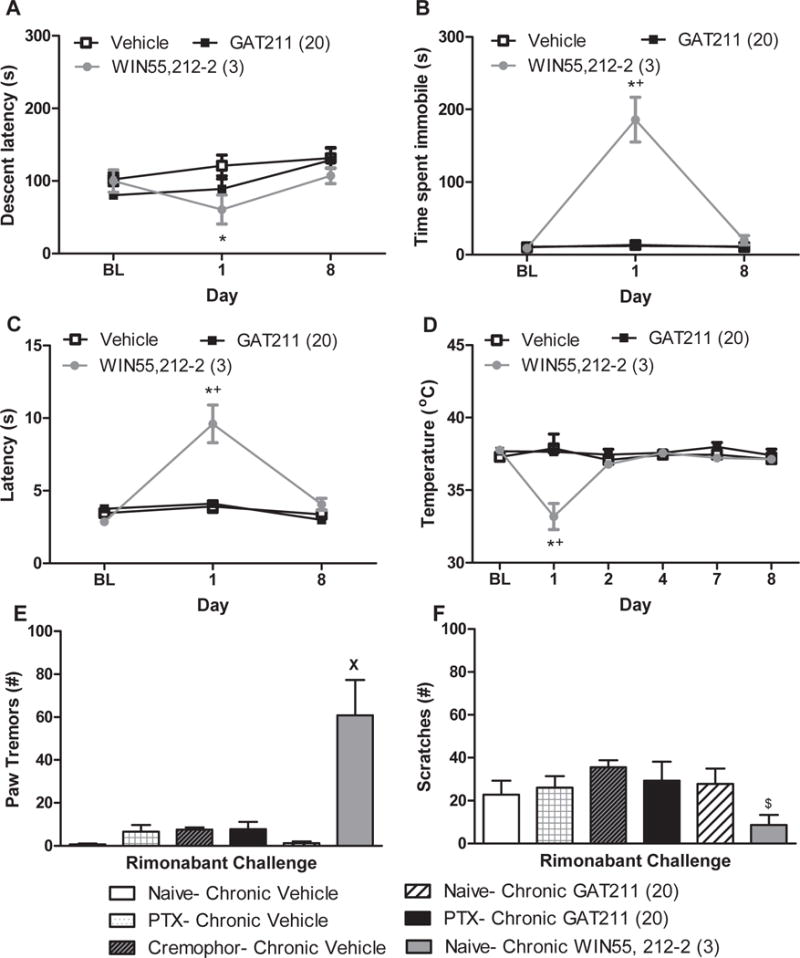Figure 9. The CB1 positive allosteric modulator GAT211 lacks cardinal signs of CB1 activation typical of the orthosteric cannabinoid agonist WIN55,212-2.

(A) The orthosteric cannabinoid agonist WIN55,212-2 (3 mg/kg i.p.) decreased rotarod descent latency relative to vehicle on day 1 but not day 8 of chronic dosing whereas GAT211 was ineffective. WIN55,212-2 increased (B) immobility time in the ring test and (C) tail flick latency in the hot water tail immersion test relative to either vehicle or GAT211 (20 mg/kg i.p.) on day 1 but not day 8 of chronic dosing. (D) WIN55,212-2 decreased body temperature relative to either vehicle or GAT211. Figure legend shows dose administered for each compound (mg/kg i.p.). (E) Challenge with the CB1 antagonist rimonabant (10 mg/kg i.p.) increased paw tremors in mice treated chronically with WIN55,212-2 (3 mg/kg/day i.p. × 9 days) but not GAT211 (20 mg/kg/day i.p. × 9 days). (F) WIN55,212-2 decreased rimonabant-induced scratching bouts relative to cremophor-treated animals. Figure legend shows dose administered for each compound (mg/kg i.p.).
*P<0.05 vs. vehicle, +P<0.05 vs. GAT211, XP<0.05 vs. all other groups, $P<0.05 vs. Cremophor one-way analysis of variance followed by Bonferroni post hoc test. Data are expressed as mean ± SEM (n = 5-12 per group)
